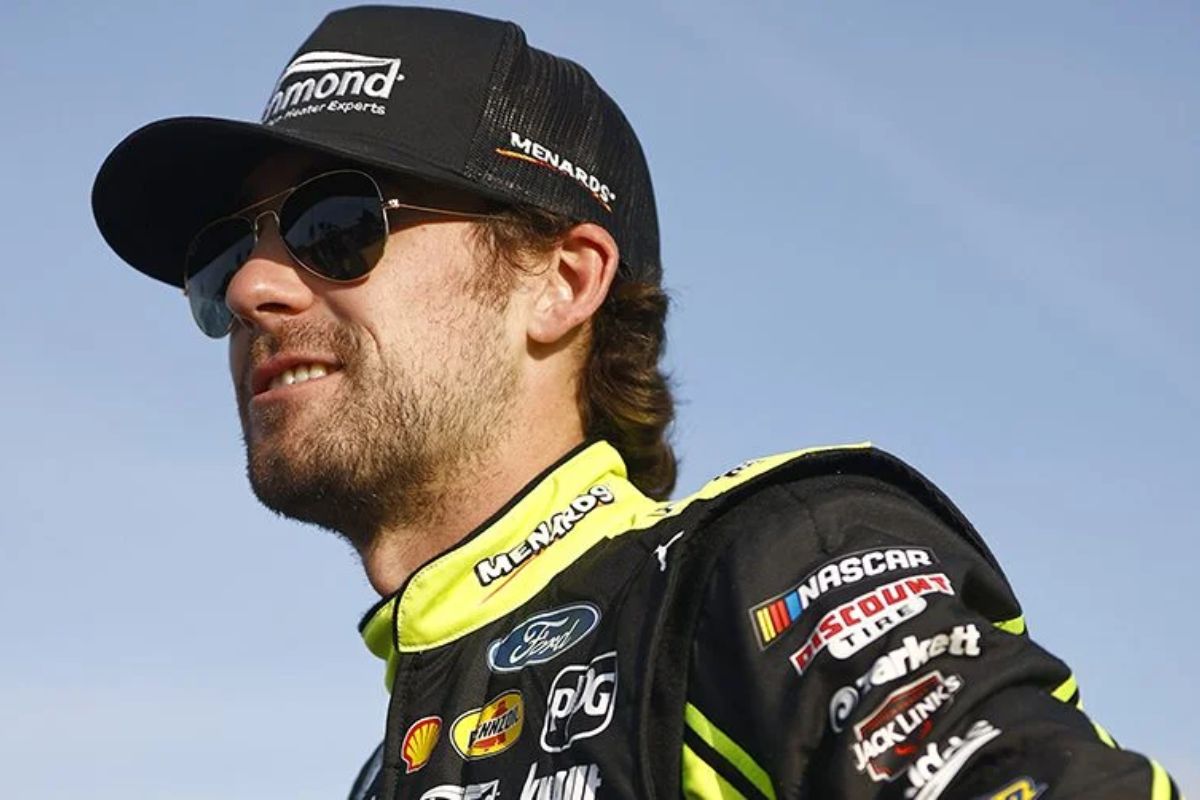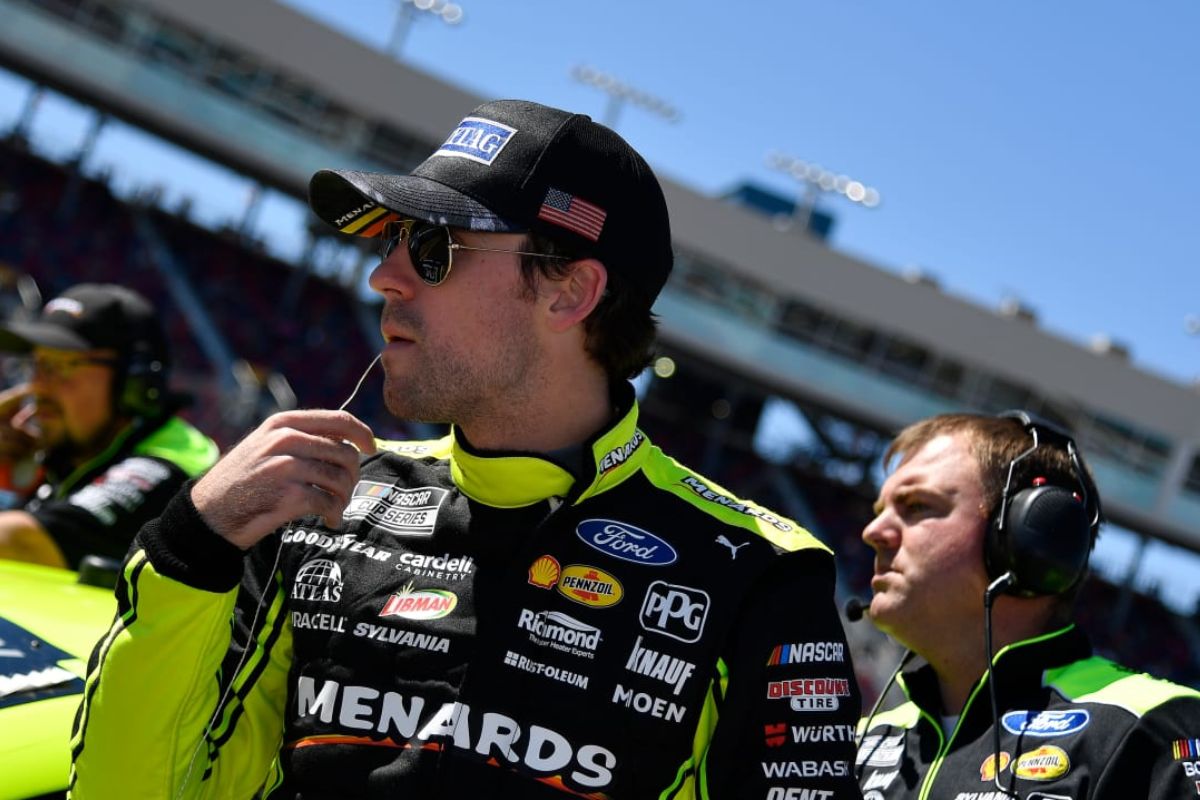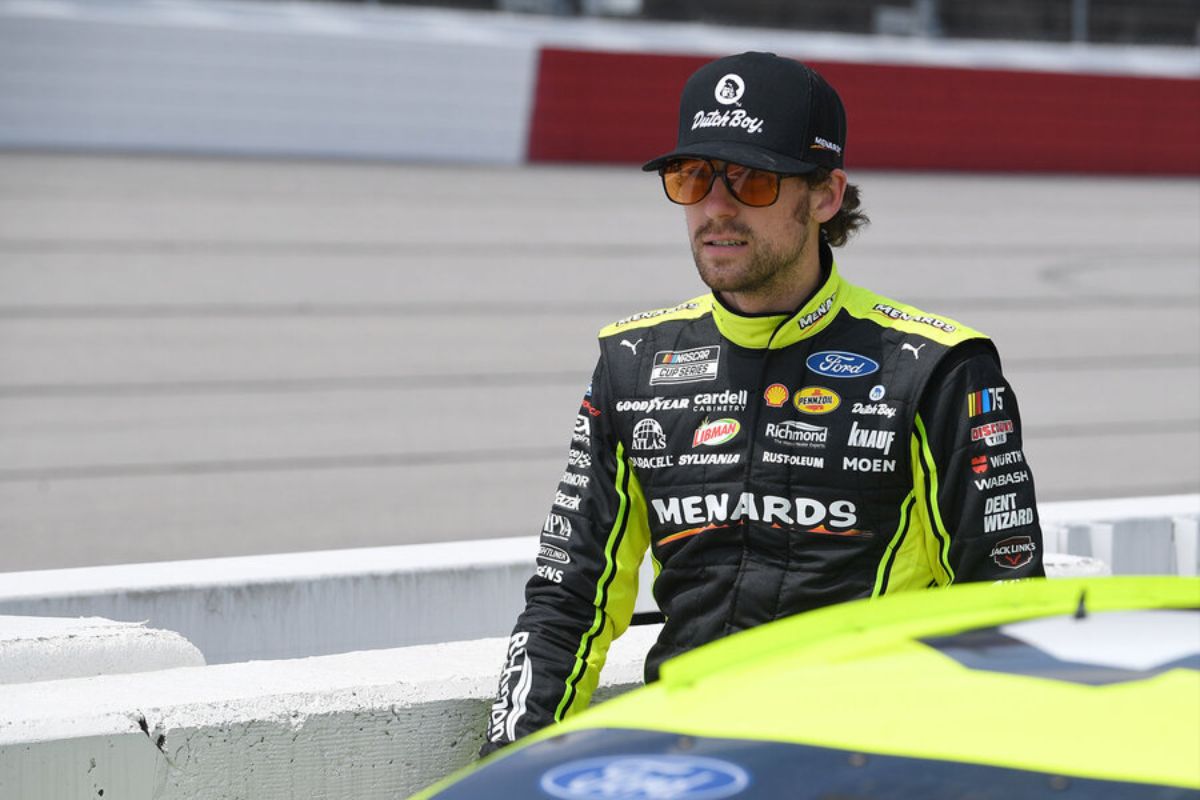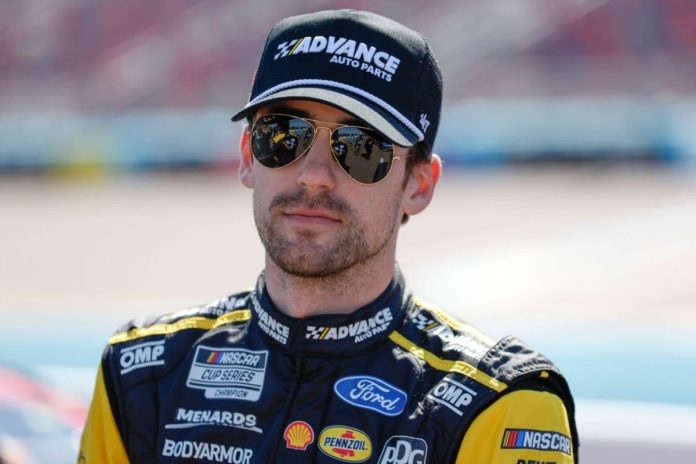Blaney Confesses Post-Clash: Incidents on the track often lead to tensions and controversies that extend beyond the race itself. Blaney’s acknowledgment of his mistake provides a rare insight into the ethical dilemmas and decision-making processes in professional racing. This incident invites us to ponder the broader implications of accountability in sports and how it affects team dynamics, driver relationships, and the perception of the sport itself.
Key Takeaways
- Ryan Blaney admitted his miscalculation during the track incident involving Ryan Preece.
- Blaney’s acknowledgment came after a collision that escalated tensions on the track.
- His confession reflects maturity and accountability in understanding the dynamics of racing.
- The incident affected both drivers’ standings and set a tense example for their future interactions.
- Blaney’s acceptance of error highlights the importance of integrity in competitive racing.
Blaney’s High Hopes Dashed
Ryan Blaney entered the Texas Motor Speedway with high expectations, backed by his strong performances in practice and qualifying sessions. As a top-tier contender for Team Penske, Blaney’s preparation indicated a potential victory or at least a significant challenge for the top positions.
However, the reality of the race diverged sharply from pre-race anticipations. The event was shaped by multiple wrecks, which played a crucial role in reshaping the competitive landscape. For Blaney, these incidents presented a series of strategic and operational challenges. The frequent interruptions caused by caution flags forced teams to continuously adjust their strategies, often prioritizing short-term gains over long-term planning.
Moreover, the disruptions contributed to an increased risk of vehicle damage and strategic missteps. For a driver like Blaney, who entered the race with well-founded aspirations of success, each wreck not only represented a physical obstacle but also a psychological test, challenging his ability to maintain focus and adaptability under stress.

Blaney’s Humble Admission
In an honest admission, Blaney acknowledged his miscalculation on the track, which created a dispute with fellow competitor Ryan Preece. This concession came after a race marked by high expectations and intense competition.
“TV didn’t show…I used him up pretty good in 3 and 4. Kind of ran him up the race track. I ran up more than I was planning on. I was planning on taking up some space, but I ran him up more than I thought and got him out of the groove. He was rightfully upset with that, I would’ve been too.”-(blaney)
Blaney’s admission was not just a matter of accepting blame; it was an essential element of professional growth and sportsmanship. By owning up to his mistake of utilizing more track space than necessary, he highlighted an often-overlooked aspect of racing: the fine balance between aggressive competition and tactical caution.
“He had every right to retaliate, he just didn’t have to wreck me. Like, he could move me out of the way…just one of those things, you move on from it. I didn’t blame him for wanting to move me out of the way. Yeah, how he hit me was a little excessive maybe, ’cause I was going to wreck. But I deserved to get moved in some way for what I did.”-(blaney)
Preece’s Retaliation
Following his collision with Ryan Blaney, Preece’s immediate reaction was to retaliate. This retaliation, while emotionally charged, speaks volumes about the significant risks and the intense inspection in professional racing.
“Then he got to me a lap later and got into me pretty good. I deserved to get used up for sure, for what I did. I was guilty as charged but I don’t know if I deserved to get junked for what I did, but … it’s one of those racing things…I used up a bunch of track, he was mad, and he decided to retaliate.”-(Preece)
Preece’s decision to retaliate can be analyzed through various aspects of professional sportsmanship and strategic racing. The immediate consequence of Preece’s action was Blaney’s crash into the outside wall, a dramatic turn of events that highlighted the intensity of their rivalry.

Reflection on Daytona Incidents
Reflecting on the incidents at Daytona, the history of near misses involving Blaney and Preece highlights broader concerns about safety and the critical demands of NASCAR racing. The recurring close calls involving Blaney and Preece highlight the necessity for ongoing reviews and enhancements in safety protocols.
Analyzing the specific dynamics at Daytona, it becomes evident that the track’s design and typical racing conditions contribute to these high-stakes situations. The high banks and the pack racing format often seen at Daytona increase the likelihood of incidents.
Escaping Daytona’s Dangers
The dangerous escapes of Blaney and Preece from their Daytona crashes highlight the vital role of advanced safety technologies in NASCAR. The resilience of safety protocols, from the construction of the cars themselves to the barriers around the track, played a key role in preventing potential fatalities.
Analyzing the specifics, Blaney’s crash involved a high-speed collision with the wall—a scenario eerily similar to the accident that claimed Dale Earnhardt’s life.
However, unlike in 2001, the reinforced car structure and the SAFER Barrier system absorbed a significant portion of the impact, crucially reducing the force transmitted to the driver. Preece’s experience, where his car became airborne and executed multiple somersaults, tested different aspects of NASCAR safety innovations. The roll cage integrity and the HANS device were instrumental in protecting the driver’s neck and spine from severe trauma.

News in Brief: Blaney Confesses Post-Clash
Ryan Blaney’s admission following the incident with Ryan Preece highlights a commendable level of accountability within professional racing. This act of owning up to a mistake not only maintains the integrity of the sport but also sets a valuable example for peers and aspiring drivers.
Reflecting on such incidents encourages a culture of honesty and continuous improvement, essential for the safety and progression of NASCAR. This approach greatly contributes to enhancing sportsmanship and responsibility in competitive environments.
Also Read: Ryan Blaney Demands NASCAR Revamp: Next-Gen Short Track Fixes


